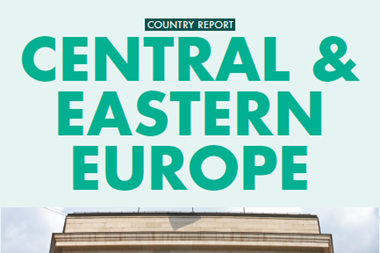Lithuania’s voluntary second-pillar pension funds returned a nominal average 4.51% for 2017, marginally above the 4.37% average in 2016, according to sector regulator Bank of Lithuania (BoL).
As in 2016, funds with the highest equity weightings generated the best returns.
The four funds with an equity allocation of up to 100% generated an average 9.17%, followed by the six medium-risk funds, with a 50-70% equity share, at 4.94%. The four plans with a maximum of 30% in equity gained an average 2.19%.
Meanwhile, four of the six conservative funds generated negative returns, resulting in an average loss of 0.61%.
This was the first time since the system’s inception in 2004 that this group recorded losses.
According to BoL, the yields on the government bonds that make up the bulk of their portfolios were either very low or negative.
Dalia Juškevičienė, principal specialist in the long-term saving and investment product supervision division at BoL, noted that the recent strong growth of stock markets was one of the reasons for the 25% increase in equity fund membership last year.
However, she cautioned that “the equity market is cyclical and the risk of recession should be duly taken into account, especially for those who are close to the retirement age”.
As of the end of 2017, second-pillar assets had grown by 17% year on year to €2.9bn, while membership rose by 2.7% year-on-year to 1.29m. Just over half of the membership (51%) was invested in medium-risk funds, 23% in low-equity plans, 19.4% in high-equity and the remainder in conservative vehicles.
Last May the BoL, as part of its proposals for an overhaul of the pensions system, called for mandatory life-cycle pre-retirement investment, warning that 70% of fund members were assuming either too little or too much risk for their age, and were not inclined to adjust their risk profile.
The current Peasants and Greens’ Union-led coalition government, which took power in late 2016, also has pensions reform on its agenda, with policy changes set to be announced this year and implementation by the end of 2019.
In the case of the much smaller third pillar, overall returns averaged 5.19%. Averages were: 8.68%in the case of the five high-equity funds, 3.72% for the four medium-risk funds and 2.15% for the three conservative funds.
Membership grew by 12% to 57,780 and assets by 21.4% to €96.6m.







No comments yet